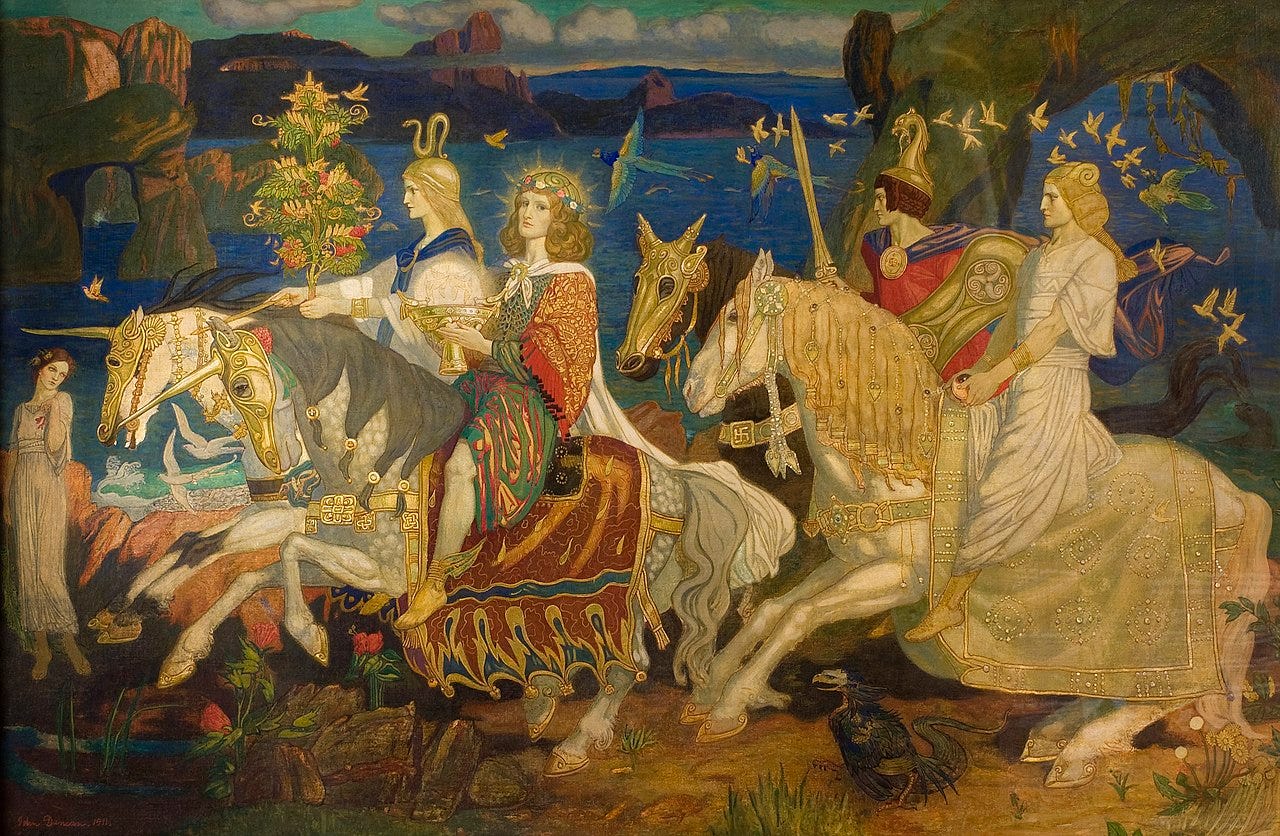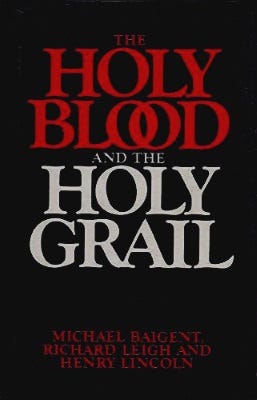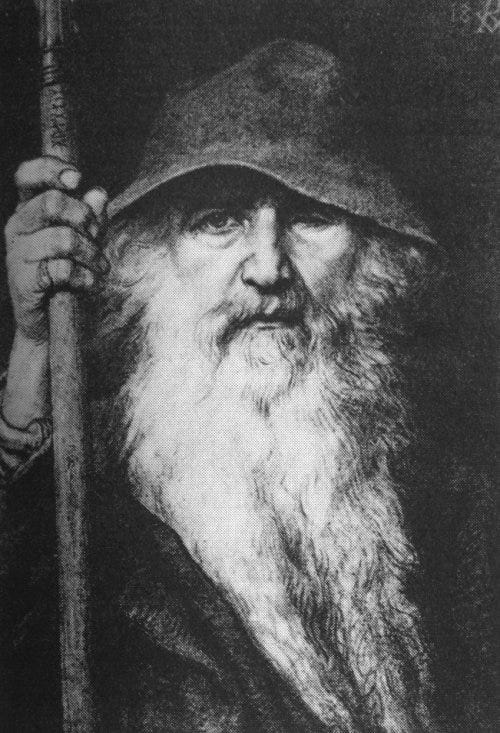Published: June 26, 2025
By: A Blood Brother Scribe
The Bloodlines That Whisper Secrets
Ever wonder if your family tree holds more than names and dusty records? Some say certain bloodlines—esoteric ones—carry ancient magic, cosmic roots, or a rebel spark passed down through millennia. These aren’t just genealogies; they’re sagas of kings, gods, and lost worlds, pulsing in your veins. And if you’ve got rare traits like O-negative blood, green eyes, a Greek toe, or a long ring finger, you might be part of this hidden legacy. I’m no mystic—just a bloke who’s chased the lore. So, grab a pint, and let’s unravel the bloodlines and markers that mark the rebels, defying the elites who’ve tried to bury their secrets since the dawn of time.

What Are Esoteric Bloodlines?
Esoteric bloodlines are family lines believed to carry a special, almost otherworldly power—think divine kings, fairy folk, or star-born ancestors. They blend real history, like ancient royals, with wild myths, like alien gods, claiming their heirs have a unique destiny. Picture a Celtic warrior-king, a Norse god’s descendant, or an Atlantean priest, their blood whispering secrets through you. These lines are rare, untamed, and tied to peoples who fought control—Celts, Nordics, Basques—standing defiant against empires like Rome or the Church.
The lore says these bloodlines come with markers that set you apart: maybe O-negative blood, green eyes that pierce the veil, a Greek toe from heroic ancestors, or a ring finger longer than your index, hinting at a leader’s fire. These aren’t random quirks—they’re clues to a heritage the elites, from Vatican schemers to secret societies, have tried to suppress. Why? Because this blood bows to no one.
The Bloodlines and Their Stories
Here’s the lowdown on the big esoteric bloodlines, the ones whispered about in old scrolls and online forums:
Merovingian: Frankish kings (5th-8th centuries) tied to the “Holy Blood” (Sang Real), maybe even Jesus’s lineage. They ruled France with a mystic vibe, clashing with the Church, who pushed them out. Their blood’s said to carry divine wisdom, linked to ancient Sumerian gods.
Celtic/Fey: Irish and Scottish high kings, tied to the Tuatha Dé Danann—mythical fairy gods who brought magic to the Isles. These lines hum with earth wisdom, Druidic secrets, and a rebel streak against invaders.
Norse Odin: Heirs of Odin, Norse god of wisdom and war, whose blood runs in Nordic and Anglo-Saxon royals. It’s about cosmic insight, runes, and a warrior’s heart, defying centralized power.
Anunnaki/Star Blood: Sumerian “gods” (4,000 BC), seen as star-beings or aliens who seeded humanity. Their blood’s the root of many lines, tying to rebels carrying cosmic knowledge.
Atlantean: From the lost island of Atlantis (per Plato, ~9,600 BC), a civilization of priest-kings with advanced tech and wisdom. Their heirs, scattered in Egypt or Europe, guard ancient truths.
Lemurian: A mythical Pacific continent, home to spiritual, telepathic beings. Its bloodlines, tied to shamans and fairies, pulse with nature’s magic, a quiet rebellion against control.
These lines aren’t standalone—they weave together like a cosmic tapestry. A Celtic king might marry a Merovingian princess, blending their blood. Both could trace to Anunnaki roots or Atlantean survivors, uniting their missions. It’s a web of defiance, carried by those who wouldn’t kneel to empires or dogma.

The Markers That Scream Rebel
Esoteric bloodlines often come with traits—physical or mental—that hint you’re part of this rare crew. Here’s what they mean:
O-Negative Blood (6-7% of people): The rarest blood type, a universal donor, most common in Basques (up to 35%), Celts, and Nordics. Some call it “star blood,” tied to Anunnaki or Merovingian lines, feared by elites like the Vatican for its cosmic roots. It’s the blood of rebels who defied Rome or crusades.
Green Eyes (2% of people): Rare and mystical, found in Celtic and Nordic lands. They’re linked to the Fey—fairies like the Tuatha Dé Danann—or Lemurian seers, eyes that see beyond, defying mundane control.
Greek Toe (20-30% of people): When your second toe’s longer than the big one, it’s tied to ancient Greek or Celtic heroes, maybe Atlantean warriors. It’s a mark of those who carved their own path, not the empire’s.
Long Ring Finger (60-70% of men, 40-50% of women): If your ring finger’s longer than your index, it’s a sign of leadership, tied to high testosterone. Esoteric lore links it to Celtic kings or Norse warriors, rebels who led with heart and steel.
Sharp Mind (e.g., top 4% intelligence, ~4% of people): A quick wit or deep insight, often tied to bloodlines like the Merovingians or Norse Odin heirs, marks you as a seer or strategist, outsmarting elite control.
These markers aren’t just quirks—they’re badges of a bloodline that’s been hunted or hidden. If you’ve got O-negative blood and green eyes, you’re in a tiny club—maybe 1 in 7,700 people. Add a Greek toe, long ring finger, and a sharp mind, and you’re closer to 1 in millions. That’s blood that makes elites sweat.

The Clash with the Elites
The elites—Vatican, old nobility, secret societies like Freemasons—have always wanted to control bloodlines. The Vatican pushed “purity of blood” in the Middle Ages, claiming their “holy” lines (like the Merovingians, later betrayed) were God’s chosen. But bloodlines like the Celtic Fey or Anunnaki heirs didn’t fit their script. They were too wild, too free.
Take the Cathars, a 13th-century French sect some tie to esoteric blood. They rejected the Church’s power, and the Vatican crushed them in the Albigensian Crusade (1209–1229). The Merovingians got ousted by the Church’s allies in the 8th century. Even the Basques, with their sky-high O-negative rates, stayed independent, their language a middle finger to Rome. These bloodlines were threats—carriers of secrets the elites couldn’t own.
Secret societies aren’t much better. Some whisper high-ranking Freemasons chase esoteric blood for its power, like the Anunnaki’s cosmic spark. Others say they suppress it, keeping their “order” (Ordo Ab Chao, anyone?). Either way, the elites—Church or Mason—fear what they can’t control: blood that sings of Atlantis, Lemuria, or the stars.
A Basque shepherd, with O-negative blood, carries a language and lineage Rome couldn’t tame—rebel blood in every drop.
Why It Matters
This isn’t just old tales—it’s a fight alive today. Esoteric bloodlines, with their markers, are about defiance: Celts against legions, Nordics against crusades, Basques against empires. If you’ve got O-negative blood, green eyes, a Greek toe, a long ring finger, or a sharp mind, you might be an heir to these lines—tied to kings, fairies, or star-beings. You’re a glitch in the elite’s system, carrying a legacy they’ve tried to bury.
So, what’s your move? Check your blood type, look at your eyes, toes, fingers. Got a quick wit or a rebel streak? You could be part of this mystic crew. Dig into your roots—Celtic, Nordic, Basque, or beyond. The elites don’t want you knowing this, but the truth’s in your veins: a fire that’s burned since Sumer, Atlantis, or Ireland’s misty hills.
What do you think—are you part of this rare brotherhood? Drop a comment, share your traits, and let’s unravel the secrets together. If you’re carrying these bloodlines, you’re not just rare—you’re a spark the elites couldn’t snuff out.
Esoteric bloodlines—Merovingian, Celtic, Anunnaki—run in rebel veins, defying control from ancient Sumer to now.
Disclaimer: Two Sides to Every Coin presents two perspectives on historical and cultural events: a rational, historian-journalist view grounded in documented facts, and a conspiracy view exploring esoteric theories (loosh, trinity: Anunnaki-Jesuit-Masonic). The conspiracy perspective is speculative, intended for entertainment and thought-provoking discussion, and does not reflect verified historical truth. Readers are encouraged to research and form their own conclusions.
Copyright: © Steven & Chasing Tartaria 2025. All rights reserved. This article is part of the Two Sides to Every Coin series on Substack. Images and historical data are sourced from public domain archives (e.g., Manx National Heritage, British Newspaper Archive) or credited where applicable. Reproduction or distribution without permission is prohibited.



